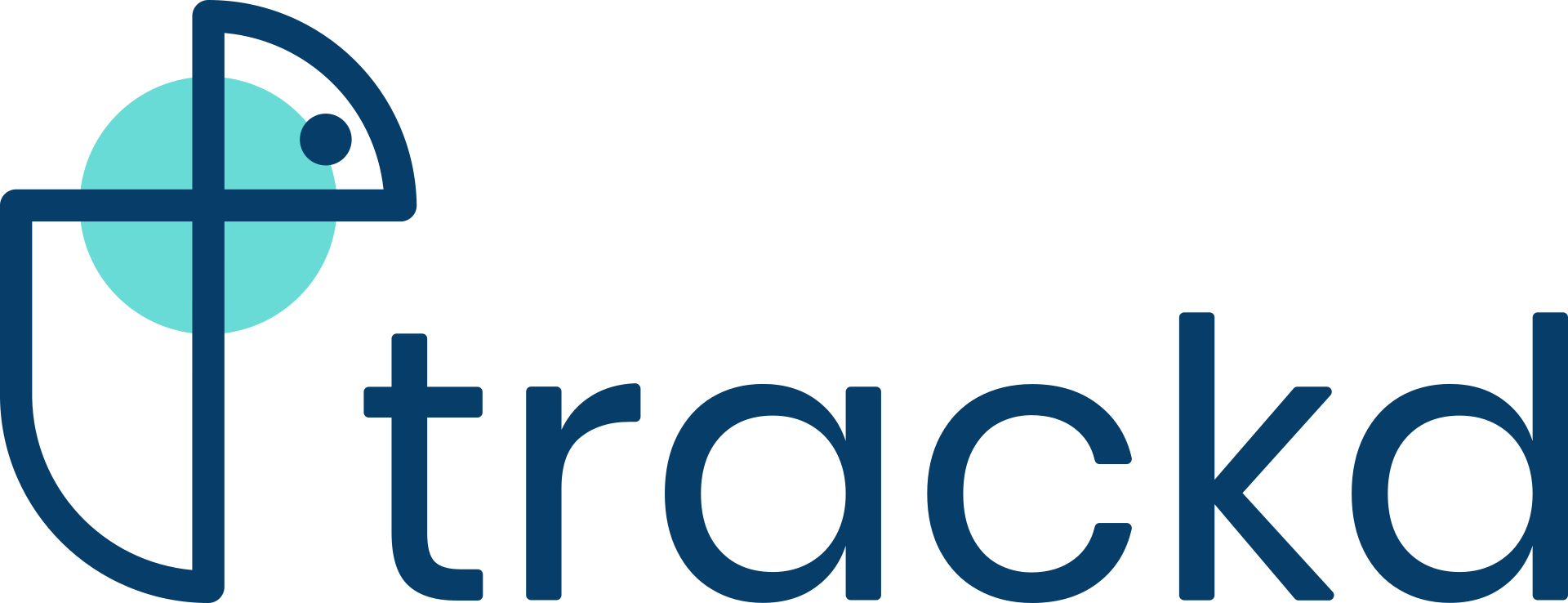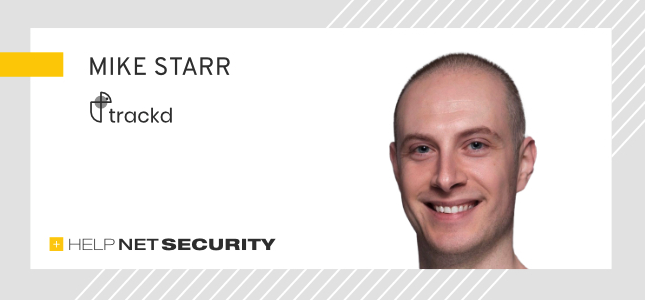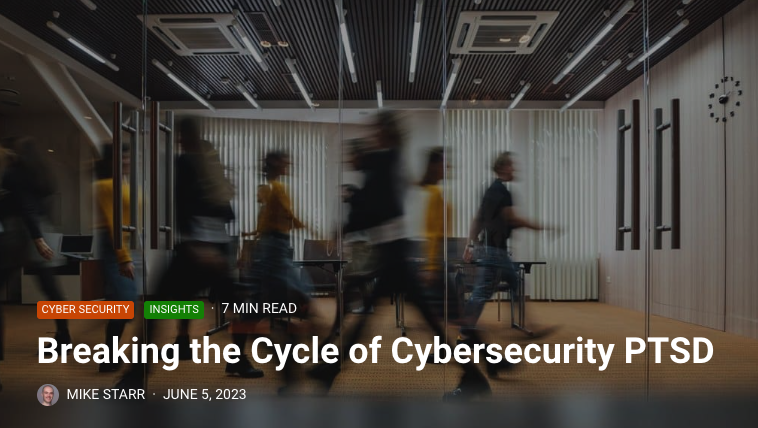
The Closer and the IT Pro
As an IT or cybersecurity pro, much like a closer in baseball, you’re only the star of the movie when you fail, and when you succeed, it’s expected, and let’s face it, unappreciated. Day-in and
News, stories and insights from the team at trackd

As an IT or cybersecurity pro, much like a closer in baseball, you’re only the star of the movie when you fail, and when you succeed, it’s expected, and let’s face it, unappreciated. Day-in and

Trackd’s software is like an Angie’s list or Google reviews for security software. It tracks past performance of security software updates by users, helping operators identify which patches might be disruptive when applied in their

Mike, our founder and CEO, took care of that differentiation thing on day one, pitch-deck slide one, prototype one. Nobody’s doing what we’re doing, and to quote an enthusiastic visitor to our booth at last

“Innovation in vulnerability management has been scarce over the past decade, and trackd is blowing up that narrative with a solution that we believe can have a material impact on remediation timeframes,” noted Geoff Gilton

There’s a new IT generation emerging in the manufacturing world. We had a few conversations with young IT professionals eagerly anticipating the imminent retirement of legacy IT leadership that lived in a world where IT

Whether we’re talking about sharing indicators of compromise (IoCs) in the cyber security community, Google Reviews of a new restaurant, exposing the bad behavior of potential dating partners, or identifying – before they’re applied –

Vulnerability prioritization is the practice of deciding which of the many unpatched vulnerabilities on the typical corporate network should be addressed first because they pose the most cyber risk to the organization. Vulnerability prioritization is
Collective defense in cybersecurity has been synonymous with threat intelligence sharing for a long time, but a new technology is bringing that concept to the world of patch management.

As we enter 2023, it’s a rare day that newsfeeds don’t include stories of companies implementing staff reductions or hiring freezes. Business is clearly preparing for a lean 2023, and it’s likely cybersecurity teams won’t

The internet has enabled us to live in a world where we can all leverage our collective experience to improve our individual decision-making. Just moved to town and need a new dentist? Check candidates out

Show me a large enterprise that was breached and I’ll show you a large enterprise adhering to multiple compliance standards.

Starr sheds light on the significance of considering the human factor in cybersecurity breaches. He emphasizes the importance of collaboration and empathy between different teams and how vendors can contribute to fostering a more collaborative culture.

IT professionals endure a lot more criticism for causing downtime when patching than they do for patching too slowly, so their default state is to be exceptionally cautious while absorbing the cyber risk of exposed vulnerabilities.

“I really enjoyed our cybersecurity self-training today, and really plan to change my behavior as a result of it” said just about no one anywhere, ever. And yet, when the topic of the “human factor in cyber breaches” is discussed in any forum, recommendations always revert to the mean (and the cliche’): cybersecurity training.

You don’t need to be a Large Language AI model or cyber spy to conclude that diligent and regular vulnerability remediation is a foundational element of enterprise cyber defense. If you were to embark on a comprehensive security system design for your home, for example, you might consider alarms, video cameras, and even a guard dog, but you’d probably start by fixing the broken locks on your first floor windows. And that’s exactly the same thought process enterprises should adopt when defending themselves against an ever-expanding and sophisticated pool of attackers.

Much more commonly, it’s the CISO and senior cybersecurity professionals that serve as the CEO’s scapegoat in the event of a major breach. Yet, it’s voluntary resignations that are primarily responsible for CISOs holding the lowest average tenure figure among C-suite executives, lasting just 26 months compared to 5.3 years for their C-level counterparts.

So even with the knowledge that 98 out of 100 patches are safe to deploy, remediation teams are unlikely to modify their processes to patch more aggressively any more than the average person would change their decision to play Russian Roulette with a gun with 100 chambers and only 2 live bullets.

The primary new technology for server patching uses crowdsourced data on patches that have been applied to help guide remediation teams and highlight patches that have a history of disruption, and perhaps more valuably, those that have a history of safe deployment.

Tell us when patches are disruptive? Sure. But more importantly, let us know when they’re not, information that’s potentially much more actionable.

As an IT or cybersecurity pro, much like a closer in baseball, you’re only the star of the movie when you fail, and when you succeed, it’s expected, and let’s face it, unappreciated. Day-in and day-out, that ain’t easy.
Copyright © 2022-2024 trackd, inc.
All rights reserved.
Copyright © 2022-2024 trackd, inc.
All rights reserved.
Copyright © 2022-2024 trackd, inc.
All rights reserved.